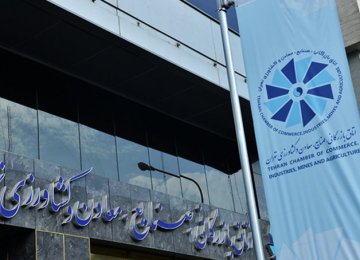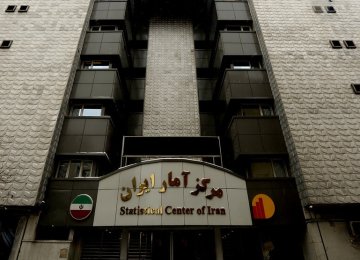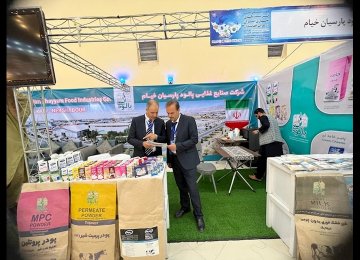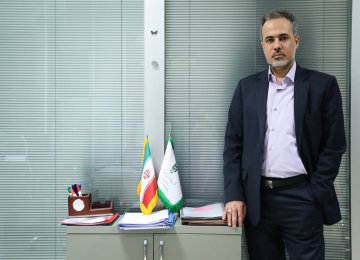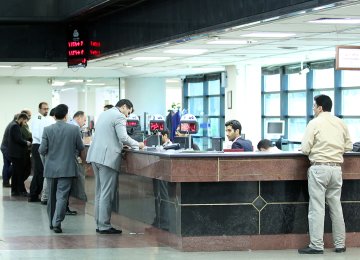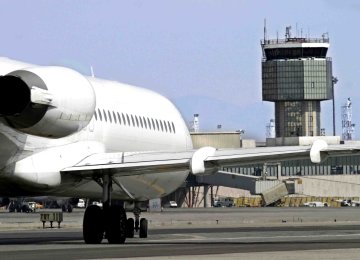Iranian businesses must look beyond 2016 for foreign investment, the latest report by the United Nations Conference on Trade and Development states.
Investment in Iran has declined in recent past and the effects of sanctions relief are materializing at a snail’s pace.
Iranian businesses are recovering from a deep recession, yet business investment remains low and consumers are reluctant to spend. Despite high demand for fixed income securities, banks are short of funds for lending because of harboring loads of toxic debt.
Business from abroad is arriving painfully slowly. Agreement to lift sanctions, in exchange for limits on Iran’s nuclear program, was initially reached in July 2015 but implementation did not take place until January 2016.
Analysts and officials expected a historic influx of investment and business into Iran. Those hopes did not come to pass. The hype has dissipated and foreign banks, especially those from Europe, are cautious about overstepping remaining US sanctions.
In Iran, FDI inflows declined for three consecutive years to $2 billion in 2015, according to the UNCTAD report, but the lifting of sanctions should give an impetus to further FDI flows.
Removal of sanctions will unfreeze billions of dollars of overseas assets and allow oil to be sold internationally; a restriction that has cost Iran more than $160 billion in oil revenues since 2012.
Despite holding the second largest gas and fourth largest crude oil reserves globally, Iran has flagged behind other emerging Middle Eastern countries.
While the second half of 2016 may pass without much foreign investment, 2017 could see a reversal of Iran’s fortunes with foreign companies. Some think reconnection will take longer, as there are deep differences that need breaching before foreign money flows freely into Iran.
Outflows on the other hand are picking up, though capital controls heavily restrict them. FDI outflows from the Islamic Republic jumped from $89 million in 2014 to $139 million in 2015.
On the international scale, Iran is out of luck. The slowdown of the global economy is hurting its chances of attracting foreign capital. Hindered by the current global and regional economic slowdown, FDI inflows to Asia are expected to decline in 2016 by about 15%, reverting to their 2014 level, the UN report shows.
Iran’s neighbors are in an even worse shape. Iraq and Afghanistan are in ruins and Pakistan is dealing with terrorists on its border with Afghanistan.
The impact of sanctions on the Russian Federation, combined with increasing tensions between regional powers in Central Asia and the continuing fall in the price of oil may further affect investments in Kazakhstan. These factors may also continue to weigh on other large hydrocarbon-based exporters, such as Turkmenistan and Azerbaijan.
Iran has traditionally cooperated with its northern neighbors. But their mutual investments will be shackled by their low oil revenues.
That said, Kazakhstan depends on the Black Sea route through the Bosporus for most of its hydrocarbon exports but has been exploring options for rail access to a southern port in Iran at Chabahar, following the opening of the Iran–Turkmenistan–Kazakhstan Railroad, as well as agreements with other countries. Its cooperation with Iran on railroads and pipelines will increase FDI inflow and outflow, albeit marginally.




